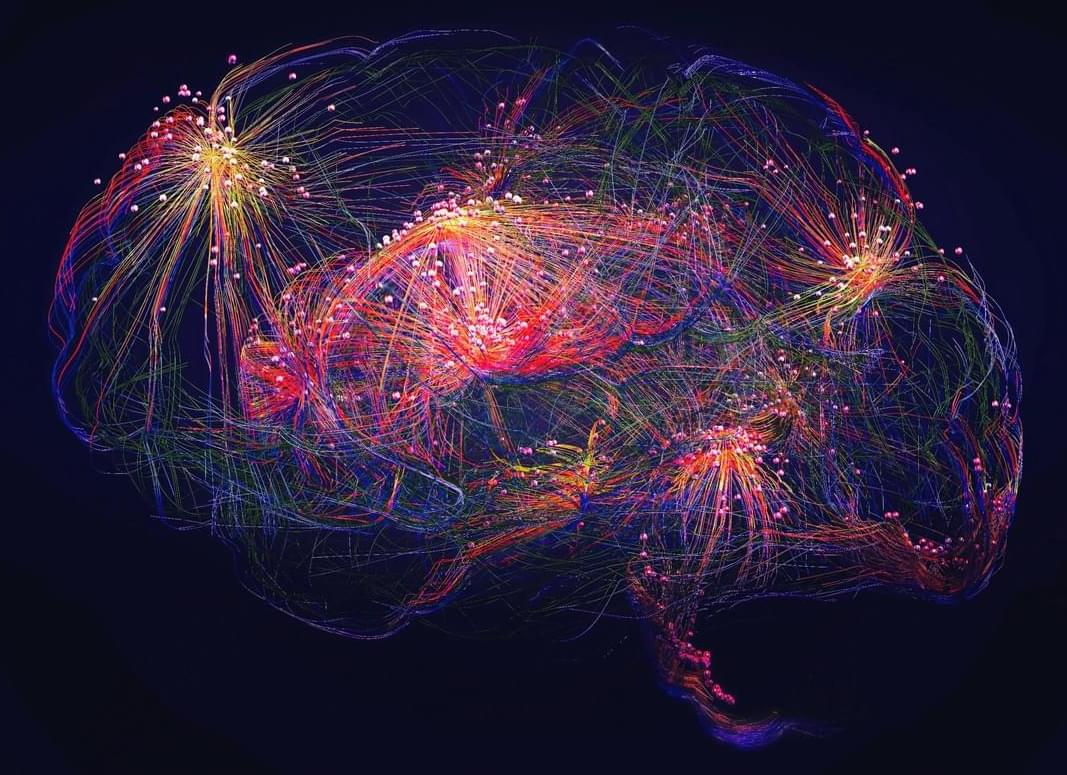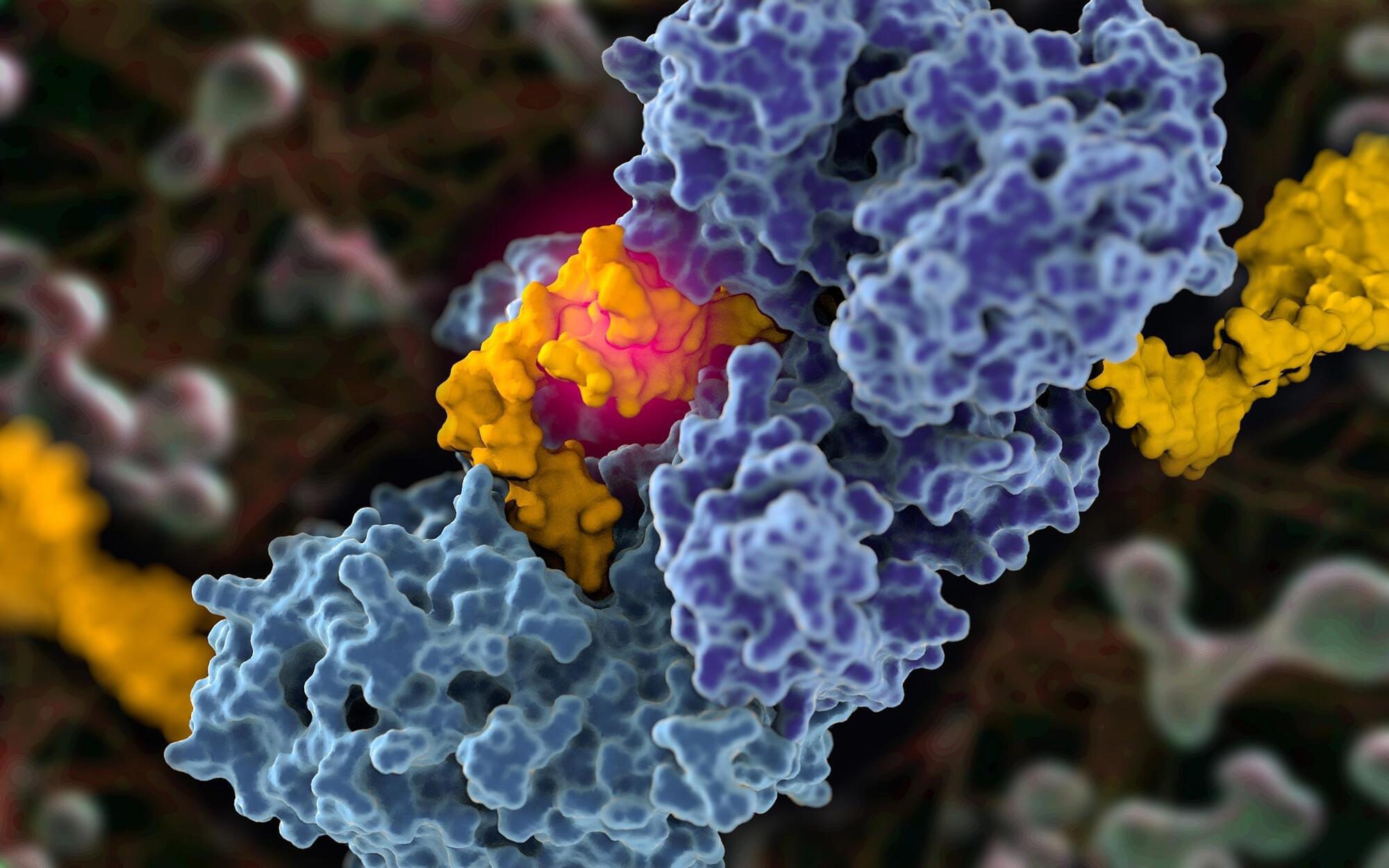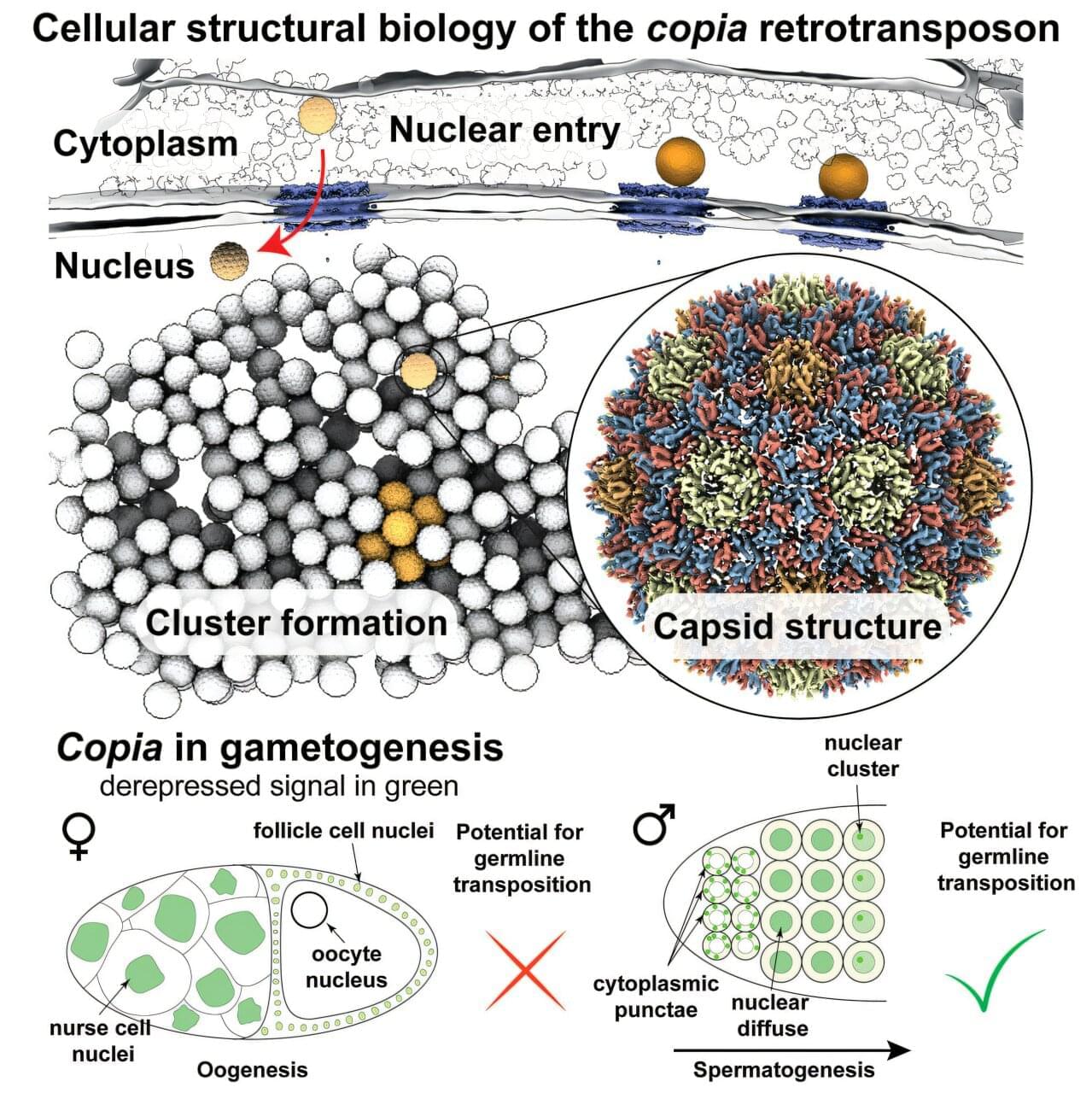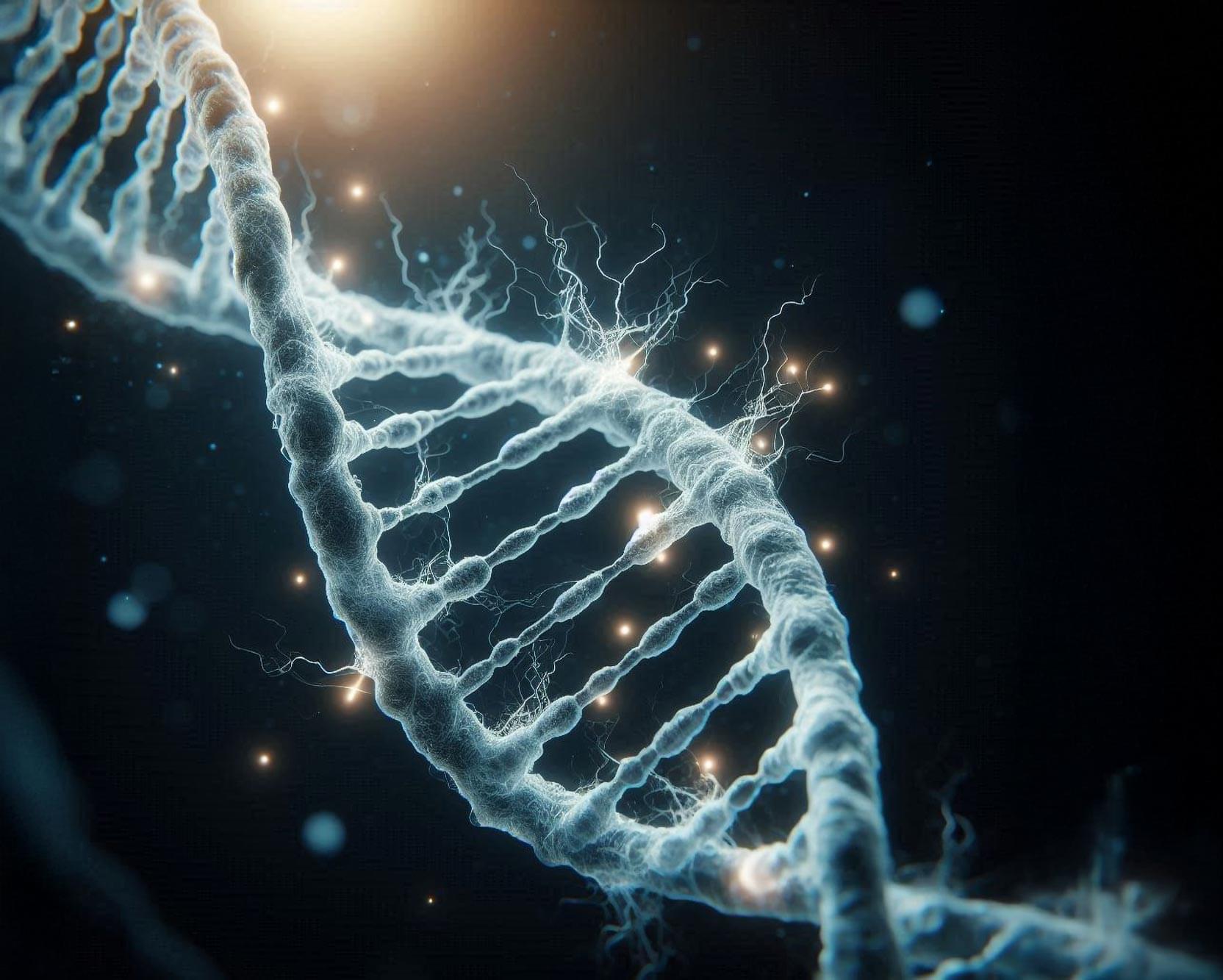Cow D lived on a dairy farm in New Zealand. The animal looked like the typical black-and-white cow farmers raise for milk, except for one thing: Researchers had outfitted Cow D with an artificial fistula—a hole offering them a way to reach the microbes inhabiting the animal’s bathtub-size stomach. But it’s what happened next that offers a porthole into the global debate over the use of genetic data.
In the spring of 2009, Samantha Noel, then a doctoral researcher at Massey University in Palmerston North, New Zealand, reached into Cow D’s rumen and plucked out a strain of Lachnospiraceae bacterium, later dubbed ND2006. Another team of geneticists sequenced the microbe’s complete set of genes, or genome, and uploaded the information, which was then shared with GenBank, a public database run by the US National Institutes of Health. If genes are the book of life, then this process was like adding a digital copy to an online library. In policy circles, these lines of code go by another name: digital sequence information, or DSI.






